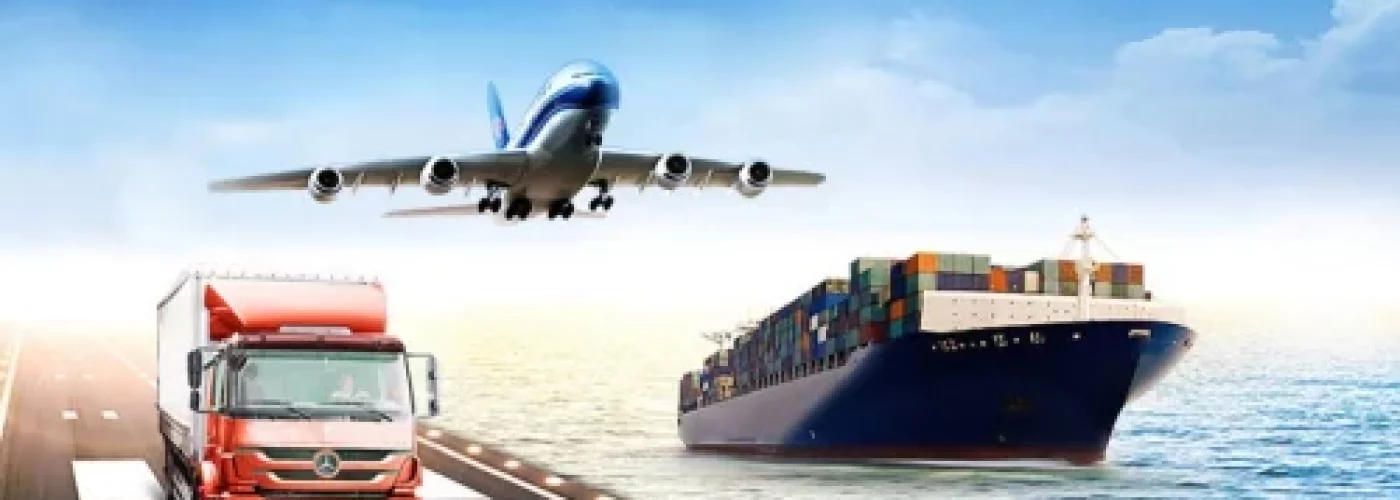When transporting goods across borders, choosing between sea and air freight can feel like deciding between a slow, steady ship or a speedy but costly jet. While air freight may get your cargo there faster, sea freight remains the workhorse of global trade. For sea freighters in Australia, sea freight offers cost-effective, sustainable, and flexible solutions for businesses of all sizes. Let’s dive into why sea freight might just be your business’s best bet.
Key Takeaways
- Sea freight is cost-effective: Perfect for large or bulky shipments that would cost a fortune to fly.
- High capacity and flexibility: Sea freighters can easily handle oversized and bulk goods.
- Lower environmental impact: Sea freight produces significantly less carbon emissions than air freight.
- Reliable for non-urgent shipments: While slower, sea freight ensures your cargo reaches its destination safely and affordably.
- Expert freight services simplify logistics: The right provider ensures a smooth experience despite potential delays.
Understanding Sea Freight and Air Freight
Sea freight and air freight serve different purposes in the world of logistics:
- Sea Freight: This method involves transporting goods via cargo ships, offering vast capacity for large, heavy, or bulk shipments. It’s slower than air freight but significantly cheaper, making it ideal for non-urgent deliveries.
- Air Freight: The go-to option for urgent, lightweight, or perishable goods. While fast, air freight comes with higher costs and capacity limitations.
The choice largely depends on the type of goods being shipped, the budget, and the delivery timeline. Sea freight is the clear winner for most businesses looking to maximise efficiency and minimise costs.
Cost Comparison: Sea Freight vs Air Freight
If cost is a significant factor (and let’s be honest, it usually is), sea freight is hard to beat. Here’s why:
- Economies of Scale: Ships can carry massive quantities of cargo, spreading costs across larger volumes.
- Lower Per-Kilogram Costs: Air freight charges by weight, making large shipments prohibitively expensive.
- Predictable Pricing: While fuel costs and global trends influence both methods, sea freight offers more stable rates.
For Australian businesses that import or export goods regularly, sea freight provides significant savings that directly benefit the bottom line.
Capacity and Flexibility
Sea freight’s capacity is unmatched. From oversized machinery to pallets of consumer goods, sea freighters can handle it all. This flexibility extends to shipment types, whether you need:
- Full Container Load (FCL): Ideal for large shipments that fill an entire container.
- Less than Container Load (LCL): Share container space with other shipments to save costs on smaller loads.
Unlike air freight, which struggles with heavy or oversized cargo, sea freight’s capacity ensures your goods are transported efficiently and safely.
5 Reasons Sea Freight is Better for Your Business
- Cost Savings: Large shipments cost far less by sea than by air.
- Capacity for Oversized Goods: Perfect for heavy machinery or bulk items.
- Lower Environmental Impact: Sea freight emits far fewer greenhouse gases per tonne.
- Reliable for Non-Urgent Shipments: When time isn’t critical, sea freight is more innovative.
- Custom Solutions: Options like FCL and LCL provide flexibility for any shipment size.
Environmental Impact
In an era of increasing environmental awareness, sea freight is the greener option. While ships take longer to deliver cargo, they produce significantly less carbon dioxide per tonne than planes. This makes sea freight attractive for businesses looking to reduce their carbon footprint and align with sustainable practices.
Many sea freighters in Australia are adopting eco-friendly initiatives, such as using low-sulphur fuels and optimising shipping routes, further enhancing sea freight’s sustainability.
Challenges and How to Overcome Them
While sea freight offers numerous advantages, it’s not without its challenges:
- Longer Transit Times: Shipping by sea is slower, making it unsuitable for time-sensitive deliveries. However, with proper planning, businesses can account for these timelines.
- Port Congestion: Delays at ports can occasionally disrupt schedules. Working with a reliable provider ensures proactive solutions to minimise impact.
- Weather-Related Delays: Sea freight is vulnerable to storms and other natural disruptions, but modern tracking technology keeps customers informed.
Choosing an experienced freight partner helps you navigate these challenges with minimal disruption.
Choosing the Right Sea Freight Partner
Your choice of freight provider can make or break your logistics operations. A reliable partner will:
- Handle customs clearance and compliance with ease.
- Provide tracking tools for real-time shipment updates.
- Offer tailored solutions to fit your business’s unique needs.
Worldwide Customs & Forwarding Agents is a trusted name among sea freighters in Australia. It delivers expert services that simplify the complexities of global trade.
Conclusion
Sea freight is the clear choice for many Australian businesses when moving goods efficiently, affordably, and sustainably. Its unmatched capacity, cost savings, and lower environmental impact make it essential to global trade. While longer transit times may seem like a drawback, proper planning and the right partner can turn sea freight into your business’s competitive edge.
Ready to streamline your shipping operations? Visit Worldwide Customs & Forwarding Agents to explore their tailored sea freight solutions. With their expertise, you can confidently navigate the complexities of international shipping. Contact them today and set sail for success!





